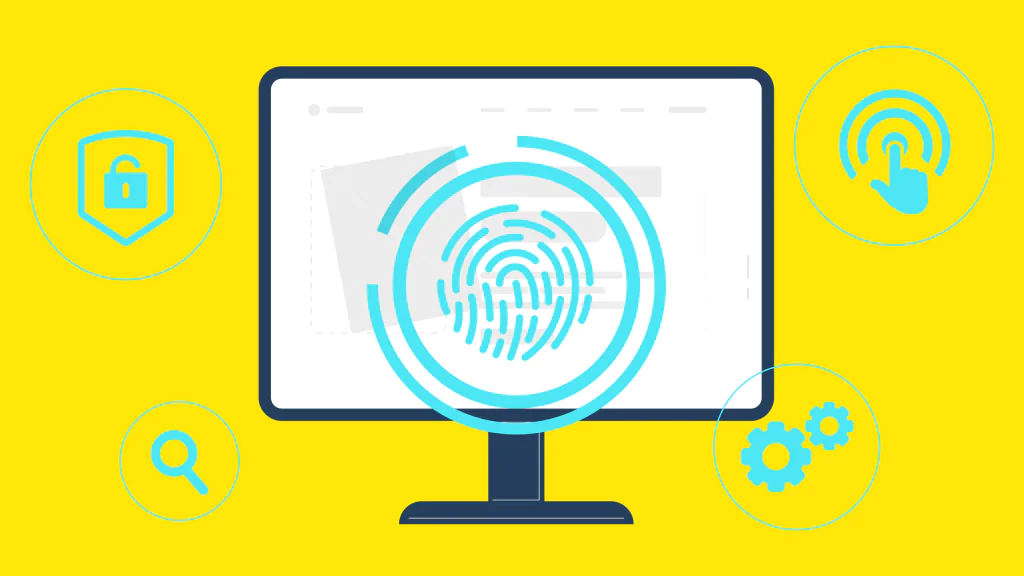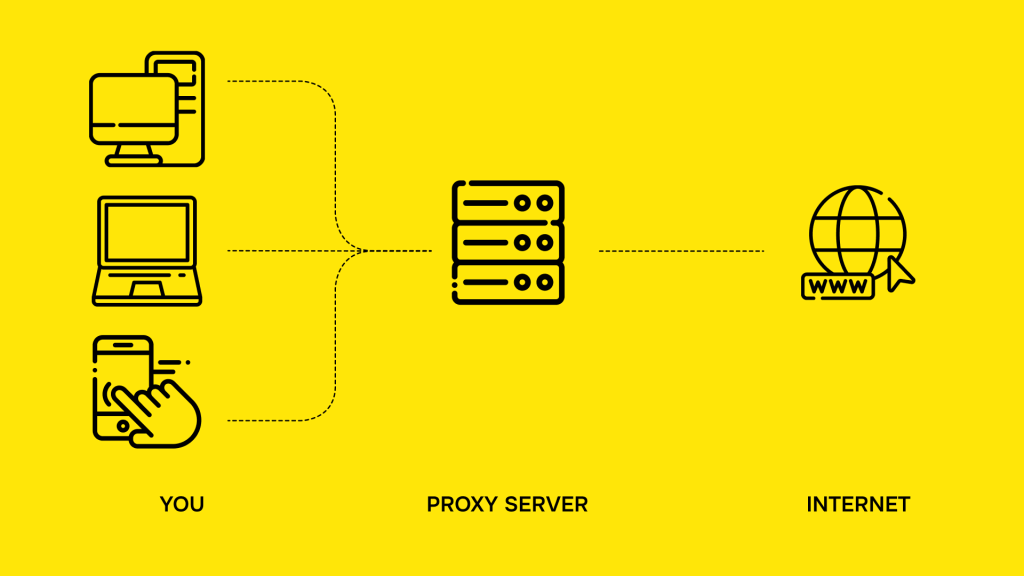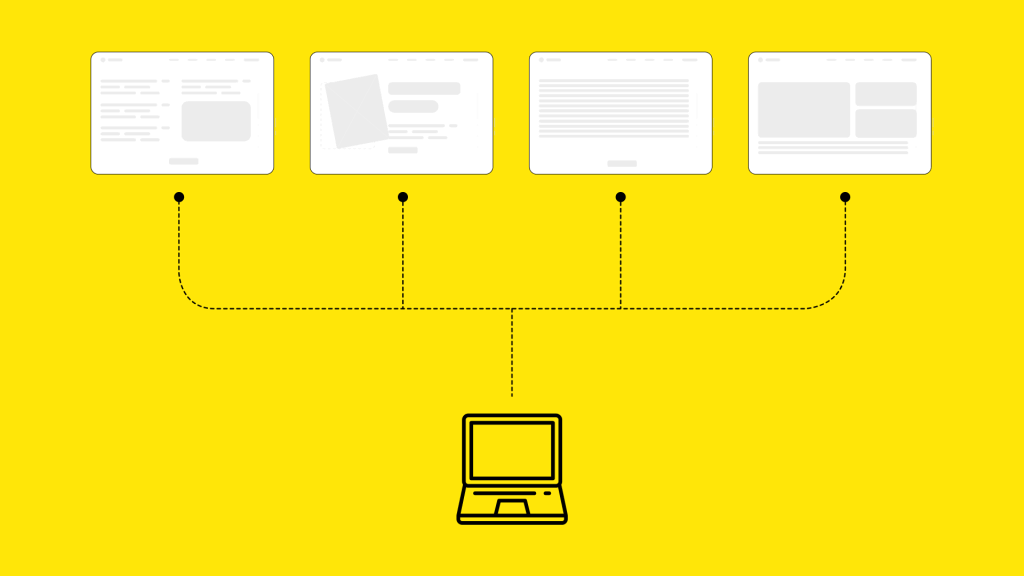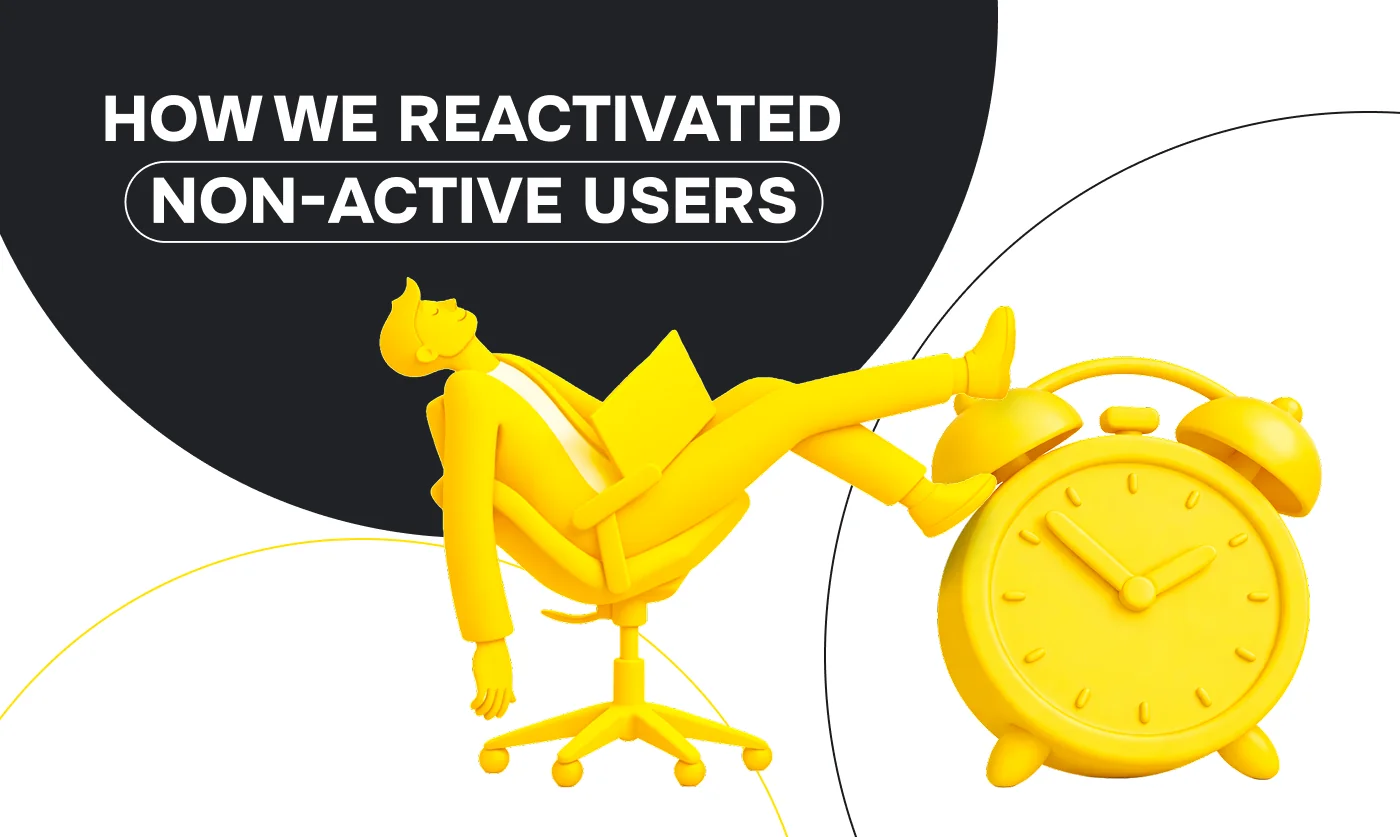As SEO continues to evolve, outreach and crowd marketing campaigns face increasing scrutiny. From behavioral signals to device fingerprinting, platforms are getting smarter — and traditional outreach is becoming less effective.
To stay ahead, top-performing teams are turning to a powerful combo: anti-detect browsers + proxies. In this article, Denis Volhin, Linkbuilding Team Lead at mr.Booster, shares how his team leverages these tools to scale outreach, boost deliverability, and overcome platform restrictions — all without compromising trust or results.

Understanding Anti-Detect Browsers
Anti-detect browsers help you operate like a different user — masking key data points such as:
- User-Agent string
- IP address (when paired with proxies)
- Canvas & WebGL fingerprints
- Timezone, screen resolution, cookies
This level of masking is essential for running scalable outreach, managing multiple accounts, or executing regional SEO without platform pushback.
Key Use Cases for Anti-Detect Browsers:
- Managing multiple accounts (social media, eCommerce platforms, marketplaces)
- Traffic arbitrage and ad fraud prevention
- Web scraping and content extraction
- A/B testing and advertisement validation
- Bypassing anti-fraud and CAPTCHA systems.

What Are Proxies?
A proxy server is an intermediary between your device and the internet. By replacing your real IP address with one from a different location, proxies enable you to mask your true location and identity. There are several types of proxies that cater to different use cases:
- HTTP/HTTPS Proxies – Ideal for standard web browsing
- Mobile Proxies – Use IP addresses from mobile carriers, simulating organic mobile traffic
- Rotating Proxies – IPs change at defined intervals, ideal for web scraping or bulk data collection
Why Proxies Are Essential:
- Geolocation rotation for regional SEO and localized marketing
- Bypassing IP-based bans and restrictions (useful in PR campaigns or outreach)
- Scaling operations by managing multiple accounts concurrently
- Enhancing anonymity, reducing the risk of detection and blocking by platforms
The Power of Combining Anti-Detect Browsers and Proxies
When combined, anti-detect browsers and proxies enable you to create a “virtual persona” online. This allows you to operate as a completely different user by masking your device fingerprint, IP address, and geolocation. This is especially crucial when managing large-scale outreach campaigns, multi-account management, or when adhering to strict platform rules.
In the realm of crowd marketing, leveraging this combination can dramatically boost success rates on targeted platforms such as forums, blogs, directories, and profile-building sites. For instance, the registration success rate on such platforms can soar from the typical 20-60% to an impressive 90%. Additionally, it minimizes the risk of IP bans and helps you bypass advanced fraud detection systems commonly deployed by forum platforms to combat spam and bot activity.
While this method significantly optimizes outcomes, it’s essential to recognize that intent signals and user behavior remain critical. Therefore, while the combination of anti-detect browsers and proxies can significantly improve success rates, 100% success is not guaranteed.

Enhancing Outreach and PR Campaigns with Anti-Detect Browsers + Proxies
The synergy between anti-detect browsers and proxies is also incredibly powerful for outreach and PR campaigns. If you’re managing campaigns for multiple regions and verticals, using email accounts registered in target countries is essential. Without resorting to VPNs or relocating, it becomes challenging to scale. However, with the right configuration of anti-detect browsers and proxies, you can manage multiple geolocations and email accounts simultaneously without triggering red flags from platforms.
Although certain platforms track geolocation discrepancies and frequent shifts in IP address, constant monitoring of your digital fingerprint can help mitigate risks. This is crucial for campaigns where maintaining a natural user experience is key to successful engagement.
Case Study: Testing the Impact of Anti-Detect + Proxies in Email Campaigns
At mr.Booster, we recently conducted an experiment to test the efficacy of proxies in email outreach. We used four new email accounts, with two operating without proxies and the other two using the anti-detect + proxy setup. All accounts were registered in Poland (PL), and we sent the same email template manually across all four.
| Setup | Bans | Replies (out of 100) |
| Without proxies | 1 ban | 10 |
| With anti-detect + proxies | 0 | 60 |
Results:
- Without proxies: One email account was temporarily banned, while the other received just 10 responses out of 100 emails sent.
- With proxies: Both accounts utilizing the anti-detect + proxy method received approximately 60 replies from 100 emails. 6x increase in replies and zero bans with proxy setup.
While the sample size was relatively small and other factors like email naming conventions and the email template can influence results, the experiment consistently demonstrated that using proxies significantly enhanced engagement and reduced the risk of bans. This technique proved effective in both manual and automated email campaigns, including those that don’t use built-in proxies.
Why This Approach Matters for Your Marketing Strategy
In 2025, refining your strategies with tools like anti-detect browsers and proxies can significantly improve your outreach and link building efforts. By leveraging these methods, you can enhance your efficiency, better manage multiple accounts, and reduce the risk of detection and penalties.
At mr.Booster, we help brands scale their SEO and outreach campaigns with proven, tech-forward methods like proxy management, anti-detect browser stacks, and smart link building.
Want to increase your outreach performance?
Let’s talk. Contact us to explore how we can help optimize your next campaign — from strategy to execution.


